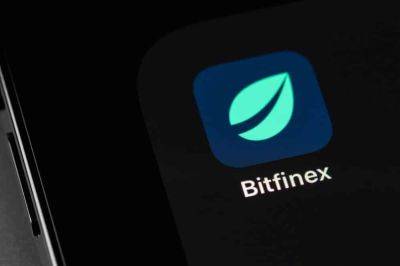11th anniversary of Bitcoin’s first halving: From $12 to $37,000
Bitcoin (BTC), the largest cryptocurrency by market value, experienced its first-ever halving 11 years ago today. As the community celebrates the anniversary of the first Bitcoin halving, it’s timely to revisit some of Bitcoin’s historical milestones ahead of the next halving expected in April 2024.
The first Bitcoin transaction occurred nearly 15 years ago on Jan. 3, 2009, a few months after the pseudonymous creator of Bitcoin, Satoshi Nakamoto, published the Bitcoin white paper in October 2008.
On Nov. 28, 2012 — three years and 10 months after Bitcoin’s first block was mined — the first-ever halving event took place. At the time, BTC traded at around $12, according to data from StatMuse, or 308,200% below Bitcoin’s current price, according to data from CoinGecko.
Though Bitcoin’s halving and the digital currency’s 21 million supply cap are not directly described in Nakamoto’s white paper, the document still hints at certain mechanisms to control the creation of new BTC. The white paper reads:
Unlike some basic information in the Bitcoin white paper, the halving aspect is mentioned in the Bitcoin source code. The halving is specifically available on the Bitcoin Core GitHub repository on the validation.cpp file and indicates the miner’s block subsidy is “cut in half every 210,000 blocks, which will occur every four years.”
The Bitcoin halving mechanism had been programmed into the BTC mining algorithm to counteract inflation by maintaining scarcity.
Before the first halving occurred, miners were compensated with as much as 50 BTC per block. After the first halving event in 2012, the subsidy was slashed to 25 BTC, followed by the second halving in 2016, which reduced the subsidy to 12.5 BTC. The most recent Bitcoin halving
Read more on cointelegraph.com
 cointelegraph.com
cointelegraph.com


















